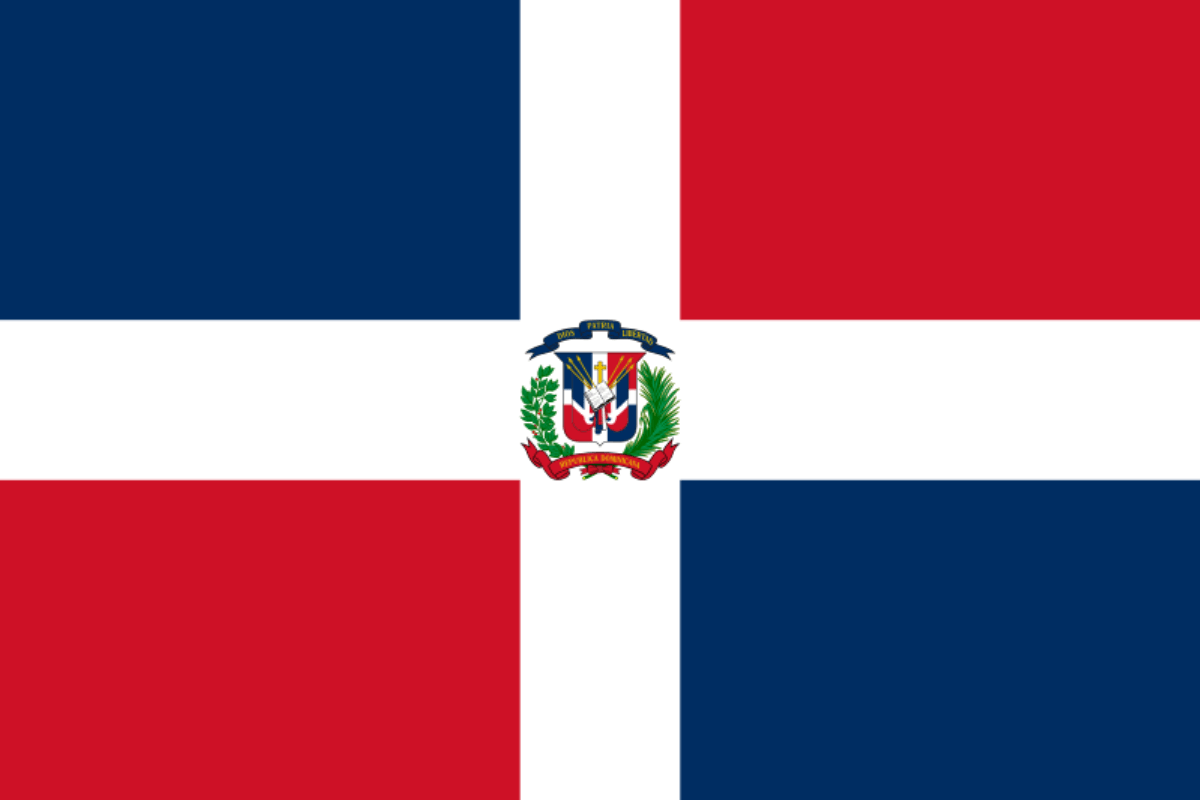The national animal of the Dominican Republic is the palmchat. These small, long tailed birds are the only species in their genus and are endemic to the Caribbean island of Hispaniola, being split between Haiti and the Dominican Republic. They are a very common sight on the islands and thus very important to the people.
These birds are fairly small and unassuming, but nonetheless, they play a very important role in the symbolic lives of the people of the Caribbean islands generally and the Dominican Republic in general.
They are fascinating birds for a variety of reasons, so let’s find out more.

What is the national animal of the Dominican Republic?
The national animal of the Dominican Republic is the palmchat, a small bird so named for its association with palm trees for everything from feeding, to roosting and nesting.
They are both the Dominican Republic’s national bird as well as being its national animal.
They are a long-tailed passerine bird, which is a large order or birds including as much as half of all bird species.
These are also sometimes known as perching birds.
They are endemic to the Caribbean meaning you will only find them on Haiti and the Dominican Republic.
They are usually around 8 inches in length, with olive brown plumage above.
Below, their chests are heavily striked with brown and they have dark yellow-green feathers on their rump.
Their bills are strong yellow and they have russet eyes.
There is no sexual dimorphism whatsoever in adults, meaning that there is no difference in appearance between the males and the females once they mature.
They are split between the islands of Hispaniola, meaning you will find them in both Haiti and the Dominican Republic but not really anywhere else, though they are common in Saona and the Gonave Islands.
They inhabit areas anywhere from sea level to 1500 meters elevation.
As mentioned, they will often go anywhere they can find palm savannas, though they have also quite well adapted to city parks and gardens.
They are highly social animals and are often found in small flocks.
They are usually paired up and often mate for life, but then pairs may come together to form large groups.
They will roost very close together with one another.
They breed from March to June and use very large and messy communal nests on the tops of palm trees.
They will, though, improvise with even telephone poles in the absence of palm trees.
Why is the palmchat the national animal of the Dominican Republic?
The palmchat is the national animal of the Dominican Republic for a number of different reasons.
For one thing, birds in general are a very common symbol of freedom and liberty in this and many other parts of the world.
The fact that these palmchats are able to find themselves more or less anywhere on the island and can adapt well to so many different living situations has made them a great national symbol for fortitude and freedom in your own choices.
On the other hand, the palmchat is also more simply seen as representative of the Dominican Republic’s natural beauty.
Of course, being a tropical island, palm trees themselves are naturally quite important to the island, and often where you find palm trees you will find these small birds.
So, on a more literal level, they embody the tropical, natural beauty of the Dominican Republic.
Without them, the makeup of the island would no doubt be very different.
So, they are both a literal and more symbolic image of national values and in and of themselves they embody national pride in the tropical beauty of the island itself.
What does a palmchat eat?
Palmchats are mostly herbivorous and have access to a wide range of foods in their natural habitats.
They eat mostly fruits and berries, particularly those of the palm tree, unsurprisingly.
They also feed from the Gumbo-limbo tree, and they will sometimes eat flowers like the epiphytic orchids that are native to the islands.
They are less commonly observed to eat worms or other small insects when other food sources are scarce, but this behavior is quite rare.
They usually have access to abundant plant food sources and can simply move further afield when their current nesting spots have dried up.
When was the palmchat discovered?
People have of course been aware of the palmchat for longer than we can now remember.
In terms of when they were first described by modern taxonomy, in 1760 they were first named by French zoologist Mathurin Jacques Brisson based on a specimen collected from the Fernch colony of Saint-Domingue.
However, the Latin names he gave the bird did not and do not conform with the binomial system and thus are not recognized today.
Carl Linnaeus wrote about them later in 1766 and this was where they were first properly named though again their Latin name today is Dulus dominicus, where he called them Tanagra dominica.
These beautiful birds may not have the exotic, psychedelic plumage of a tropical parrot, but they are nonetheless a sight to behold and are very important members of the national wildlife in the Dominican Republic.
Without them, the natural and ecological makeup of the island would no doubt look very different.
To the people, equally, they are vitally important symbols and are seen more or less universally as an animal embodying the national spirit.

